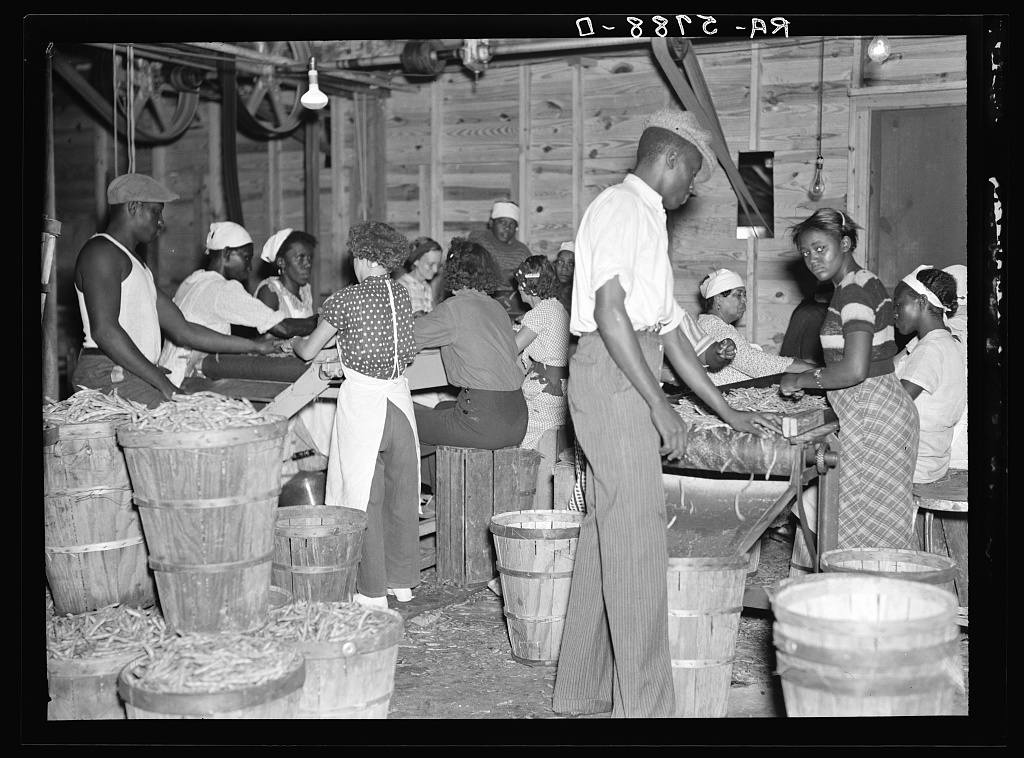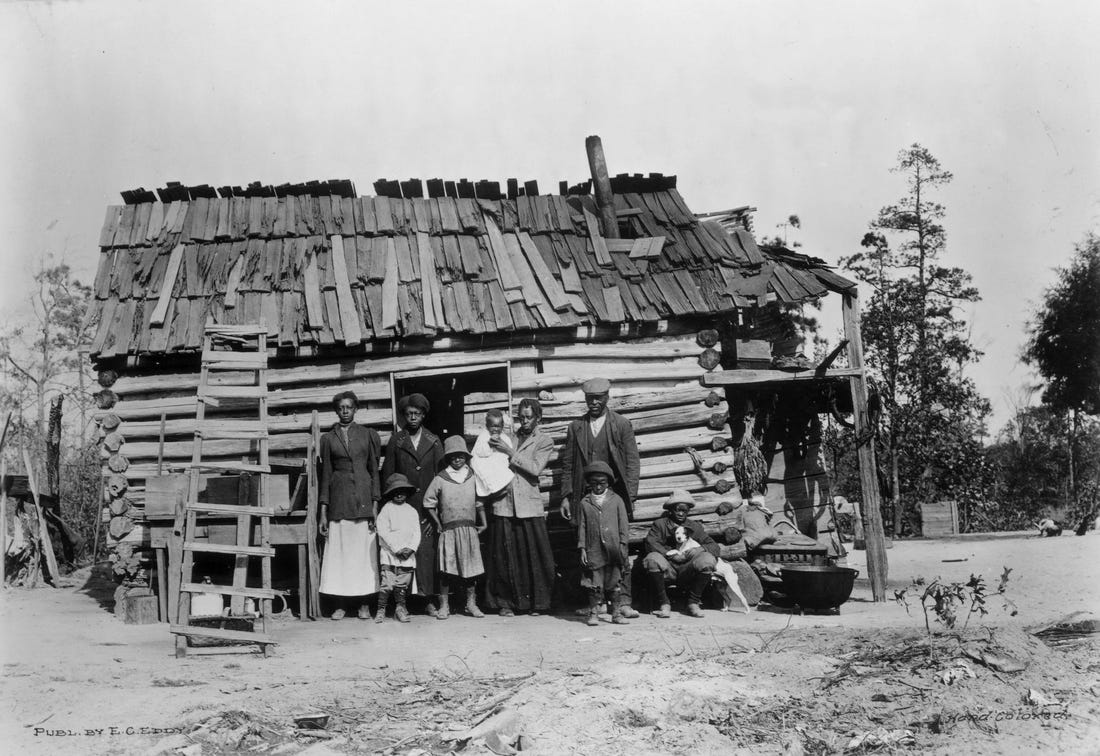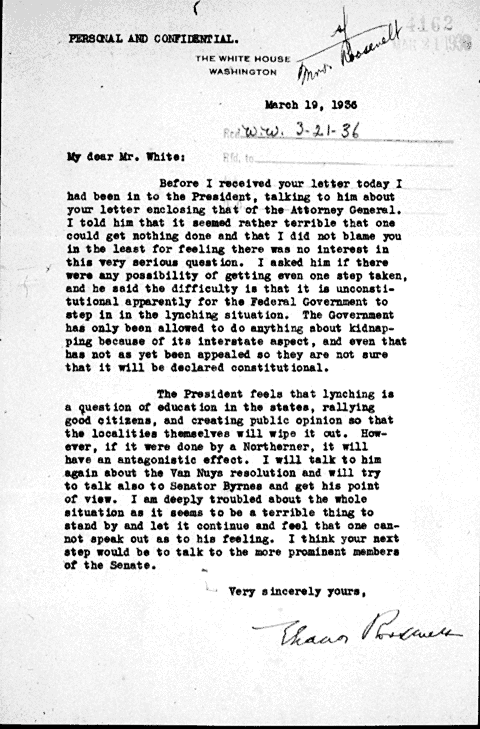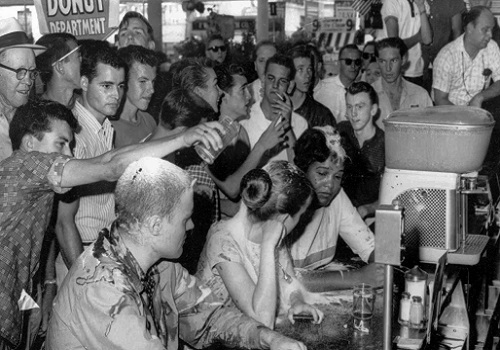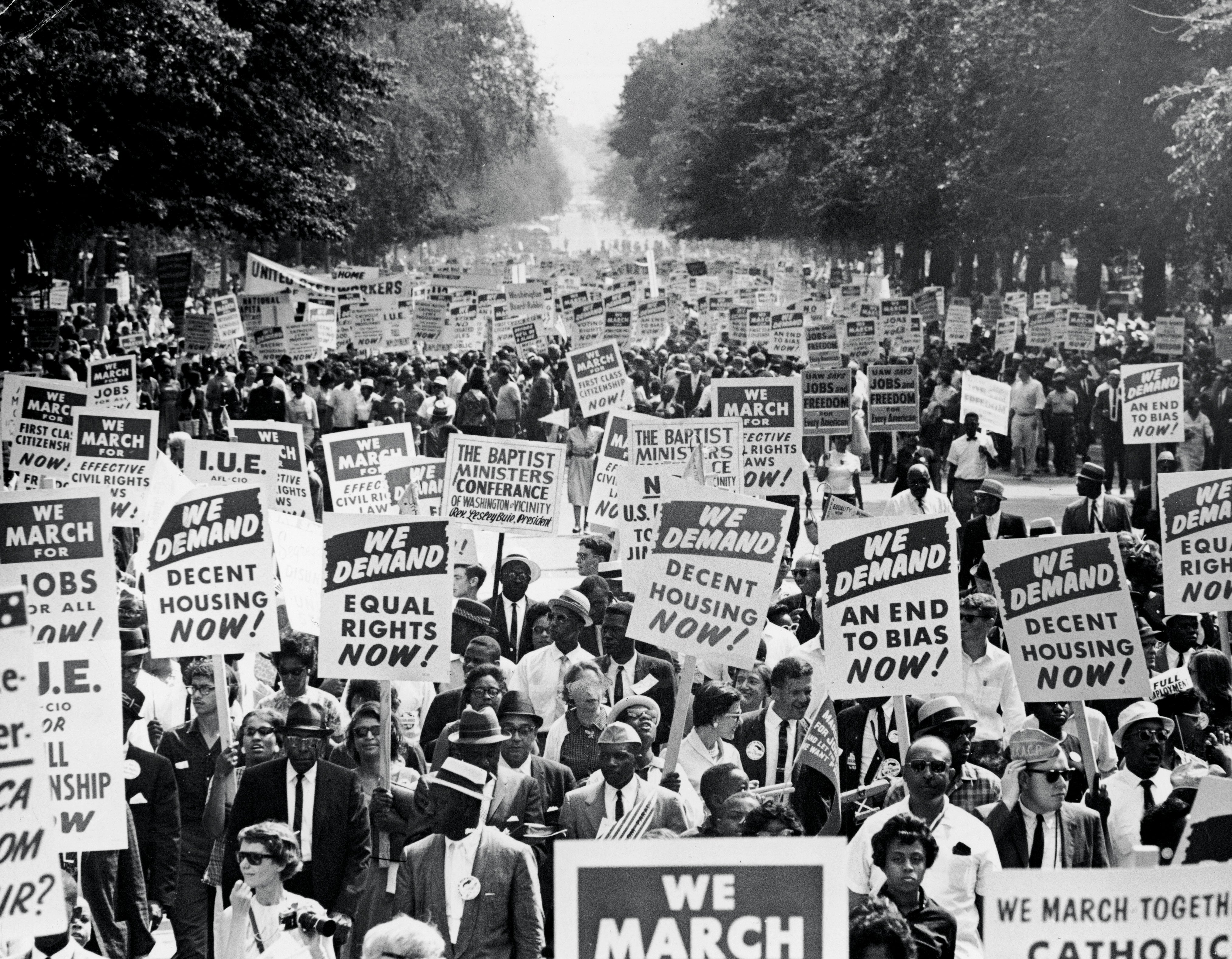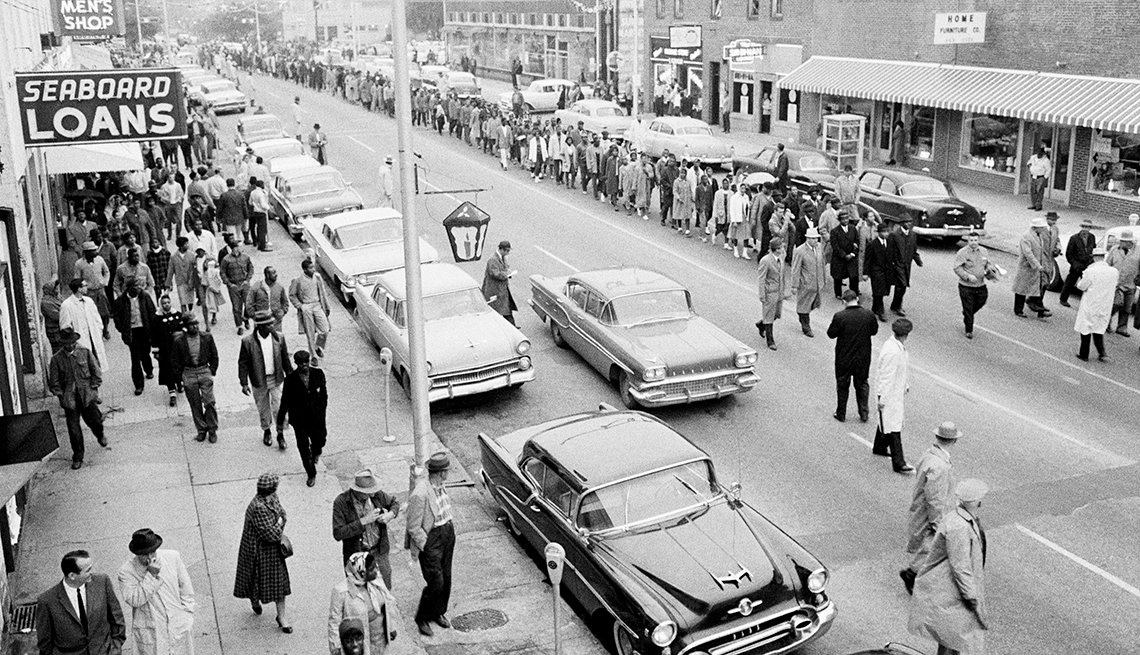Jim Crow Laws
Jim Crow laws were enacted after the Civil War, aimed at segregating African-Americans into second-class citizens. During the 1930’s and early 40’s these laws prevented Blacks from equal opportunities in employment and education. The impact of this class system kept African-Americans in poverty, receiving an inferior education and scarcer employment opportunities.
"Seperate but equal" ~ Plessy v Ferguson, 1896
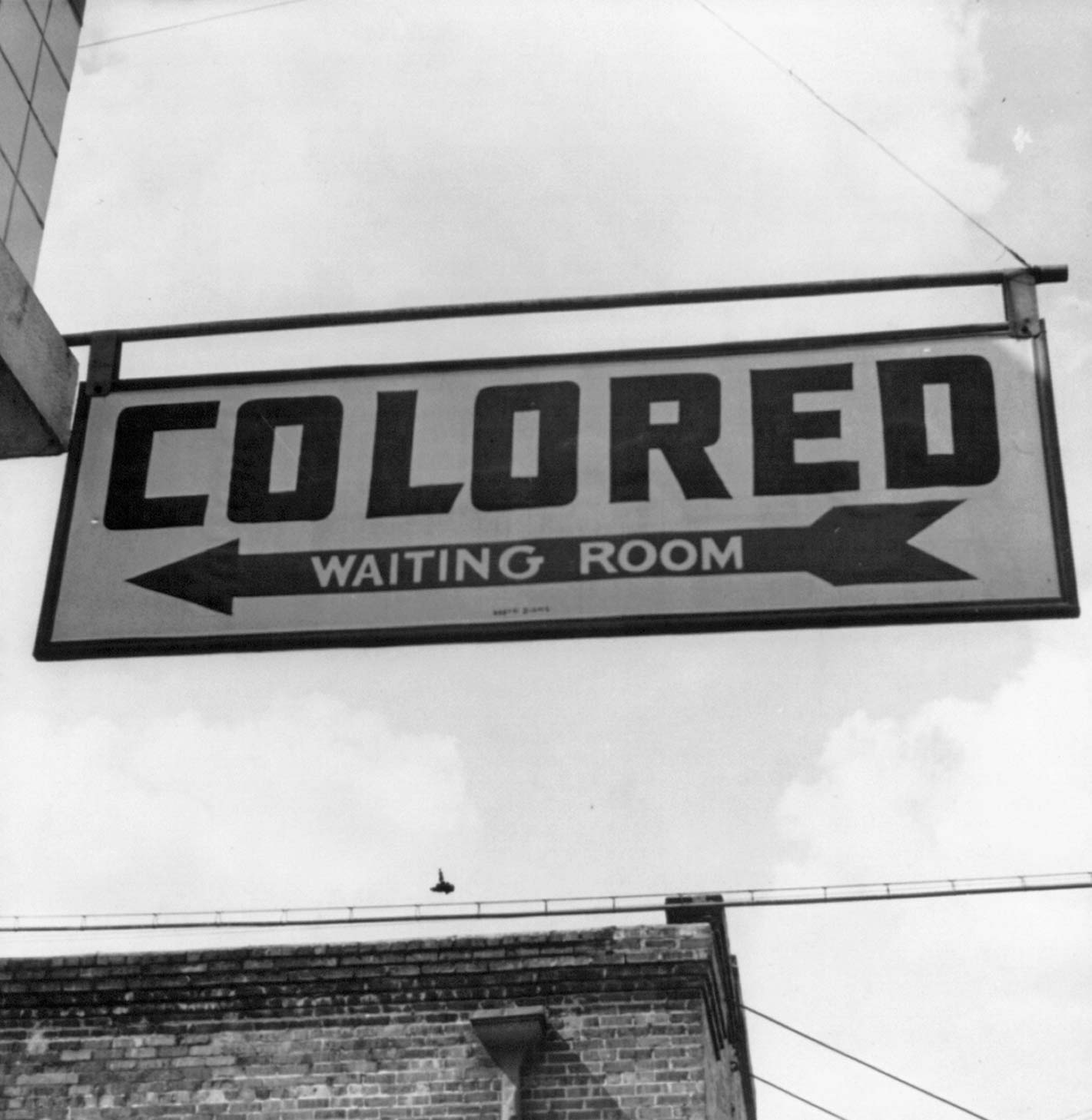
Segregated waiting room for colored people (Source) Britannica
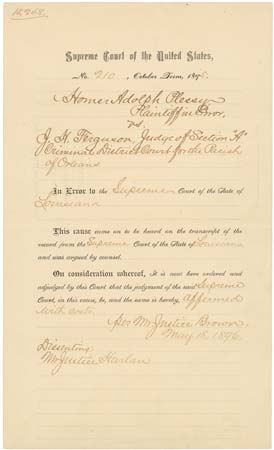
Segregation declared legal in Plessy v. Feguson(Source) Britannica
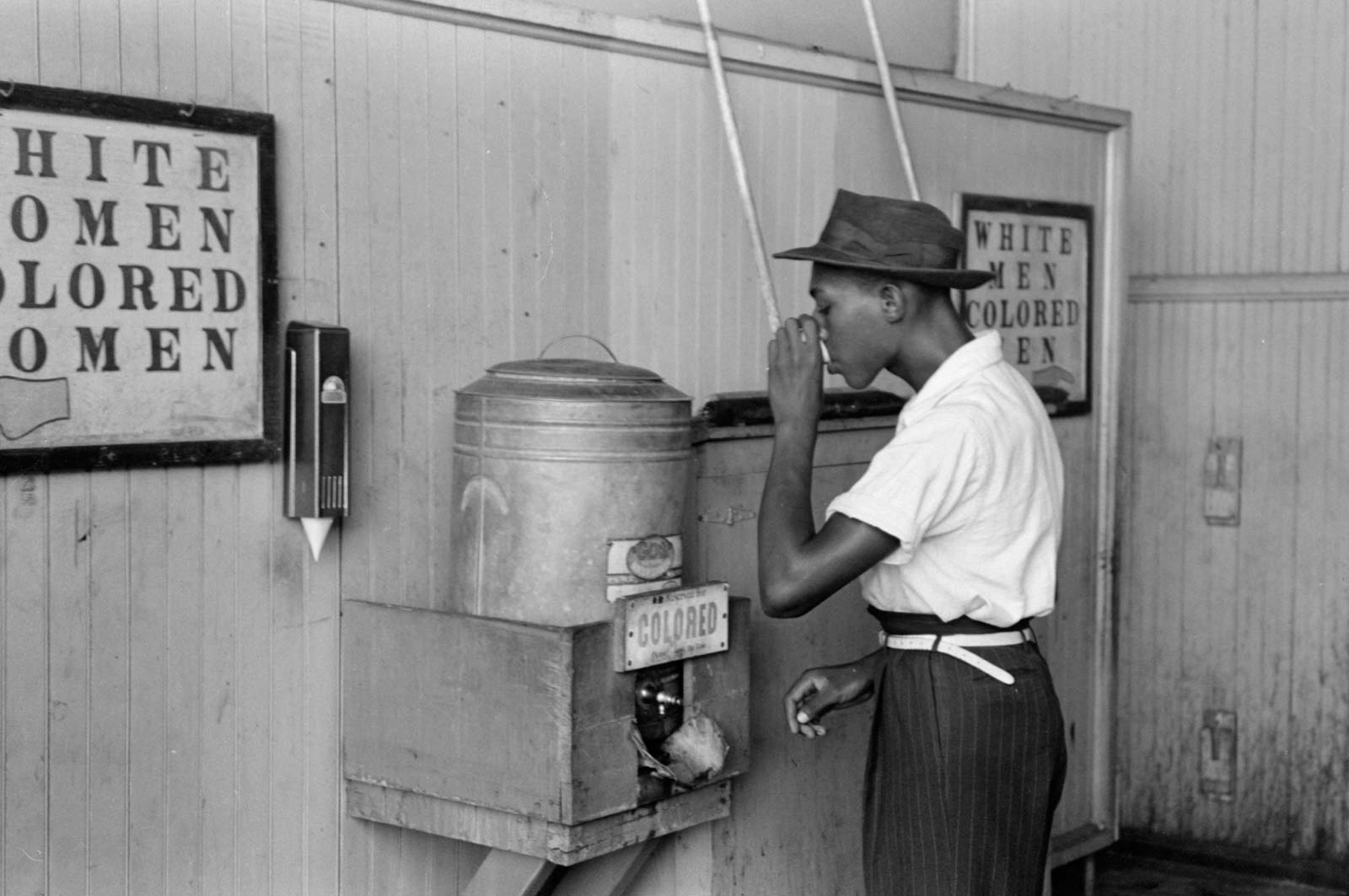
Segregated drinking fountain (Source) Britannica
